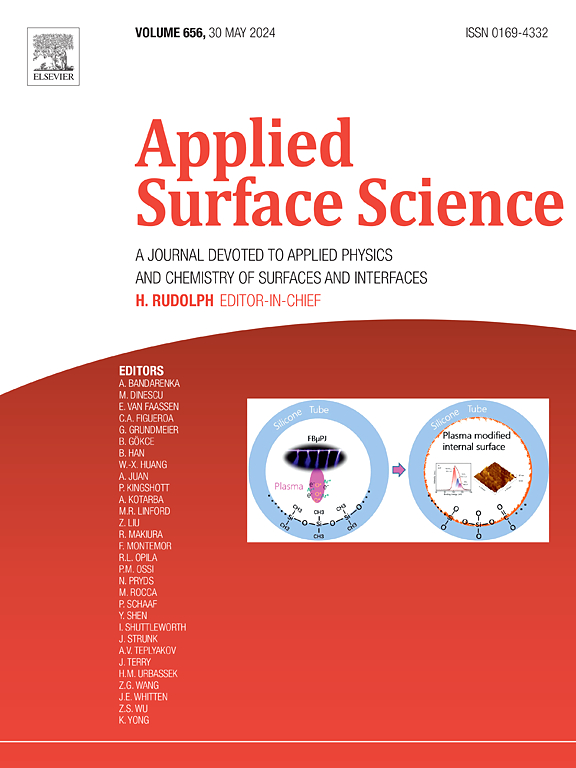In-situ homologous bromine vacancies for enhanced C-Br bond activation and rapid debromination of decabromodiphenyl ether
IF 6.3
2区 材料科学
Q2 CHEMISTRY, PHYSICAL
引用次数: 0
Abstract
Polybrominated diphenyl ethers (PBDEs) have attracted increasing attention due to their biotoxicity and persistence. Herein, rapid degradation of decabromodiphenyl ether (BDE209) was achieved on bromine vacancies enriched BiOBr (BOB-VBr) nanosheets, with a degradation rate for BDE209 under visible light irradiation (λ > 400 nm) exceeding 95 % within 6 min. The initial two minutes serve as an induction period, during which the Br vacancies were in-situ introduced into the BiOBr (BOB) nanosheets. By precisely controlling the duration of photoinduction, varying concentrations of Br vacancies were successfully generated on the surface of the BOB nanosheets. Consequently, an enhanced degradation rate of BDE209 was observed in direct correlation with the increased concentration of Br vacancies. BOB-VBr showed a remarkable selectivity of 74 % for meta-product (BDE207). This selectivity towards BDE207 surpasses that of other anionic vacancies, as oxygen, sulfur, and iodine vacancies. The in-situ generated Br vacancies help to accommodate the Br atom of BDE209 in atomic size and electronic structure, thus facilitating the activation of the C-Br bond and achieving rapid BDE209 debromination. This work provides a new insight for the treatment of organic halogenated pollutants by photocatalysts with homologous halogen vacancies.


原位同源溴空位用于增强十溴二苯醚的 C-Br 键活化和快速脱溴反应
多溴联苯醚(PBDEs)因其生物毒性和持久性而日益受到关注。在这里,溴空位富集BiOBr(BOB-VBr)纳米片实现了十溴二苯醚(BDE209)的快速降解,在可见光照射(λ > 400 nm)下,6分钟内BDE209的降解率超过95%。最初的两分钟为诱导期,在此期间,Br 空位被原位引入到 BiOBr(BOB)纳米片中。通过精确控制光诱导的持续时间,成功地在生物氧化铍(BOB)纳米片表面生成了不同浓度的硼空位。因此,BDE209 的降解率提高与 Br 空位浓度的增加直接相关。BOB-VBr 对元产物(BDE207)的选择性高达 74%。对 BDE207 的选择性超过了其他阴离子空位,如氧、硫和碘空位。原位生成的 Br 空位有助于在原子尺寸和电子结构上容纳 BDE209 的 Br 原子,从而促进 C-Br 键的活化,实现 BDE209 的快速脱溴。这项工作为利用具有同源卤素空位的光催化剂处理有机卤化污染物提供了新的思路。
本文章由计算机程序翻译,如有差异,请以英文原文为准。
求助全文
约1分钟内获得全文
求助全文
来源期刊

Applied Surface Science
工程技术-材料科学:膜
CiteScore
12.50
自引率
7.50%
发文量
3393
审稿时长
67 days
期刊介绍:
Applied Surface Science covers topics contributing to a better understanding of surfaces, interfaces, nanostructures and their applications. The journal is concerned with scientific research on the atomic and molecular level of material properties determined with specific surface analytical techniques and/or computational methods, as well as the processing of such structures.
 求助内容:
求助内容: 应助结果提醒方式:
应助结果提醒方式:


